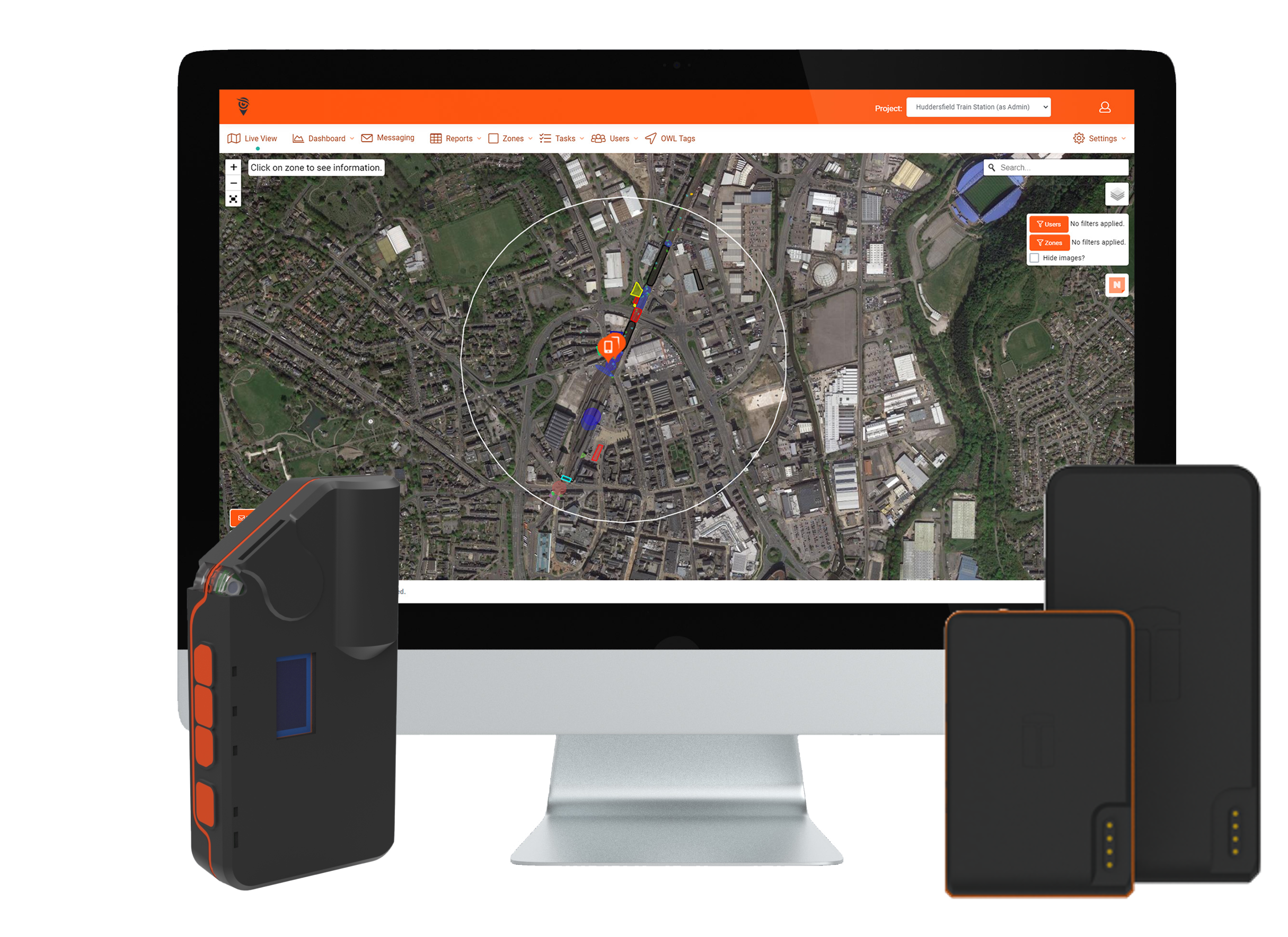A Software Defined-Wide Area Network (SD-WAN) is a network that can use any backhaul (3G/4G, DSL, FTTC, Fibre, WISP, WiMAX, etc.) to connect all your data centres, branch offices, cloud applications and remote users. It can allow your WAN to use a mixture of all the above circuits in all locations.
Why use it?
SD-WANs can allow your organisation to securely increase your Wide Area Network flexibility, visibility, performance and control, allowing you to increase bandwidth whilst hastening deployment times, reducing cost, lowering your MPLS overhead and increasing resilience.
IT Budgets are not increasing as fast as the need for extra bandwidth and vendor lock-in reduces options for change, so alternatives are needing to be researched.
So SD-WANs will kill off MPLS then?
SD-WANs can do traffic shaping and by having more bandwidth and a larger number of connections they can reduce the need for QoS but for mission-critical apps and services MPLS still has a place.
SD-WANs can avoid latency and jitter per packet by using multiple circuits but if all the SD-WAN circuits are experiencing issues then you cannot avoid it.
SD-WANs benefits compared to MPLS are:
- Faster deployment times
- Lower cost
- Higher network visibility
- Easier management
- Easier maintenance
- Flexibility
- Scalability
- Better security
Should I move to using it?
Every business has different needs but SD-WAN is definitely a useful tool to add to any network, as it is non-invasive you can easily test it out and see how it works for you, with monthly rolling contracts you can even try it out whilst waiting for your MPLS to be deployed so that you could prove it (or not!) in the real world.






